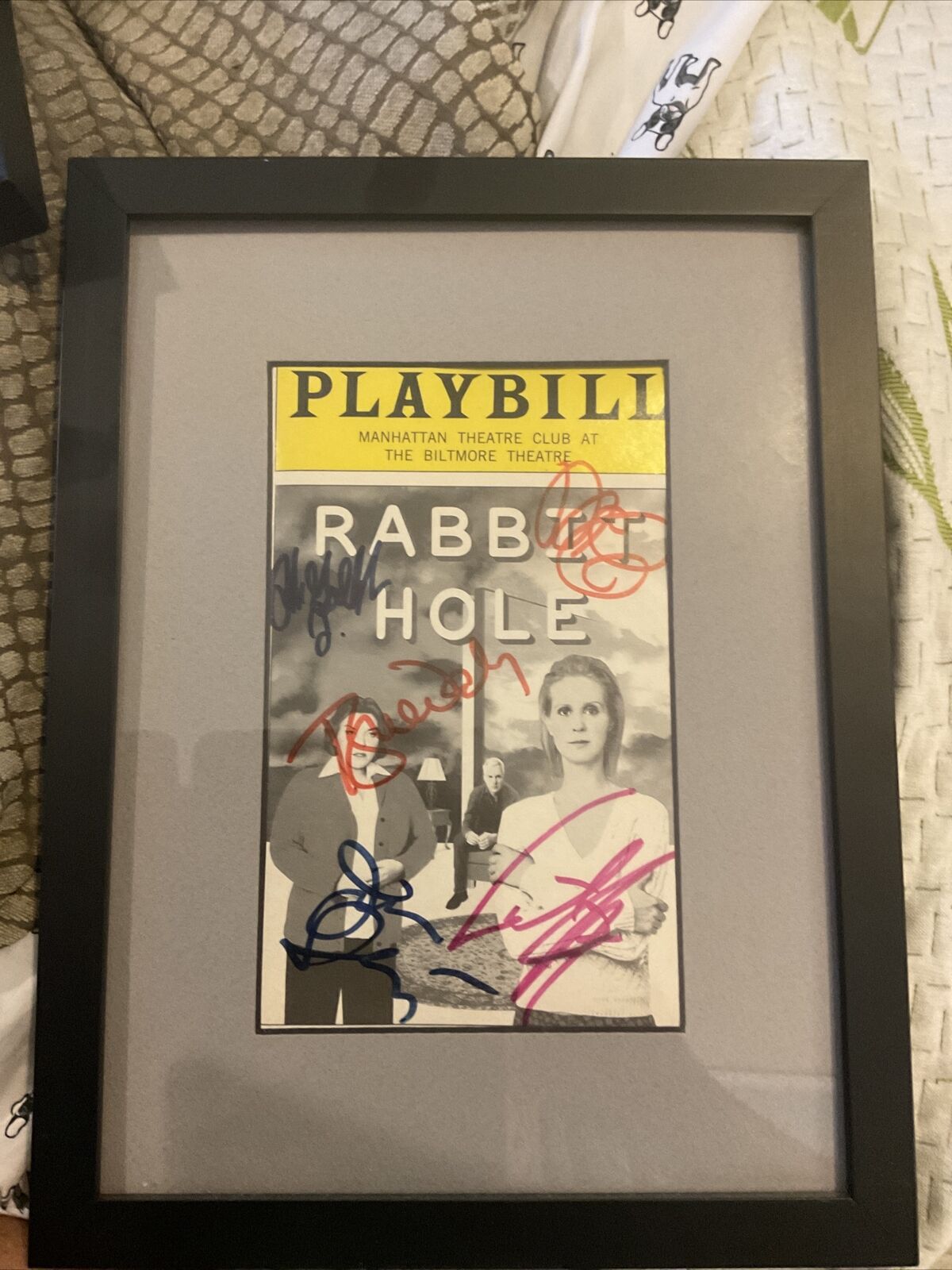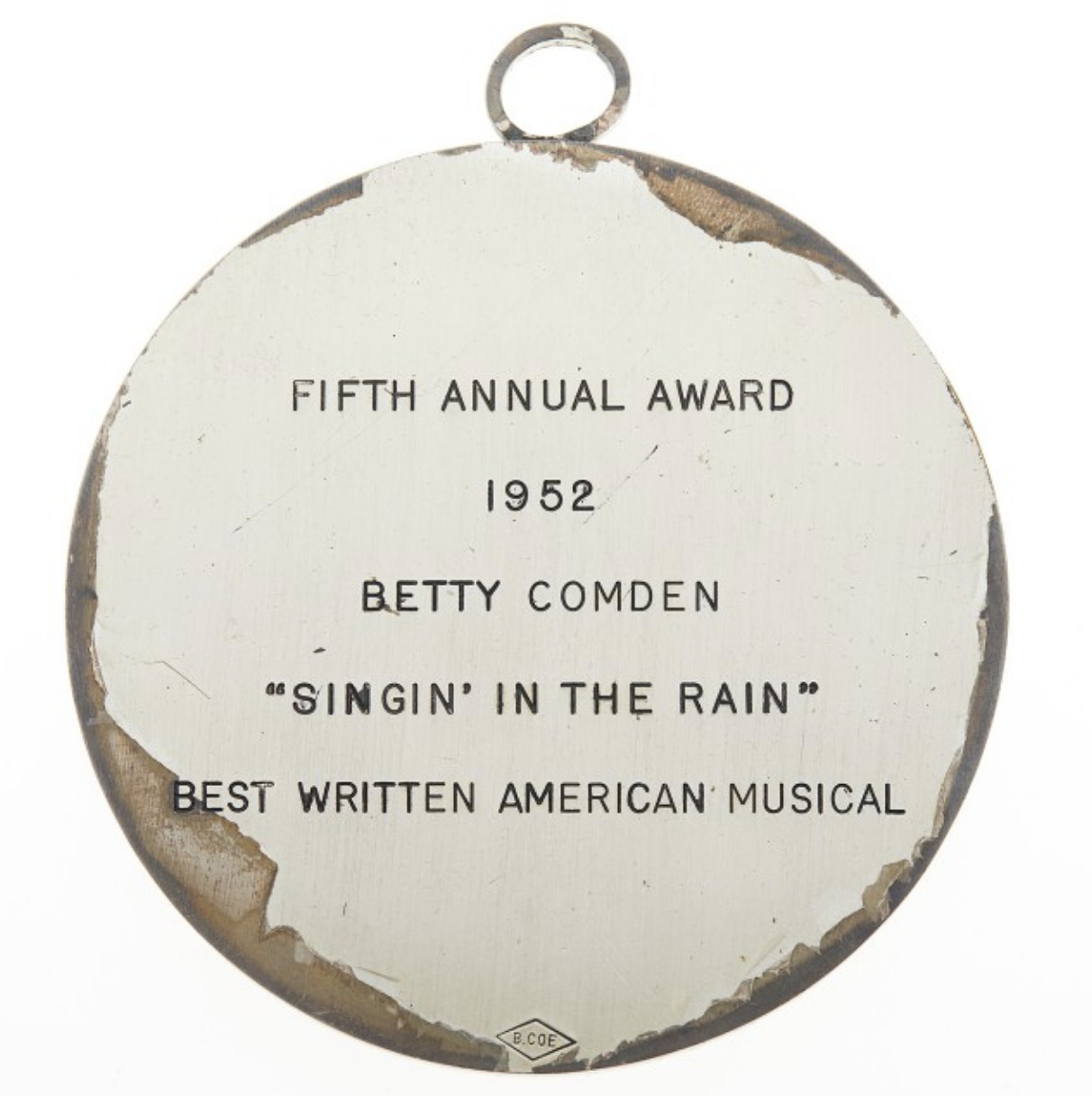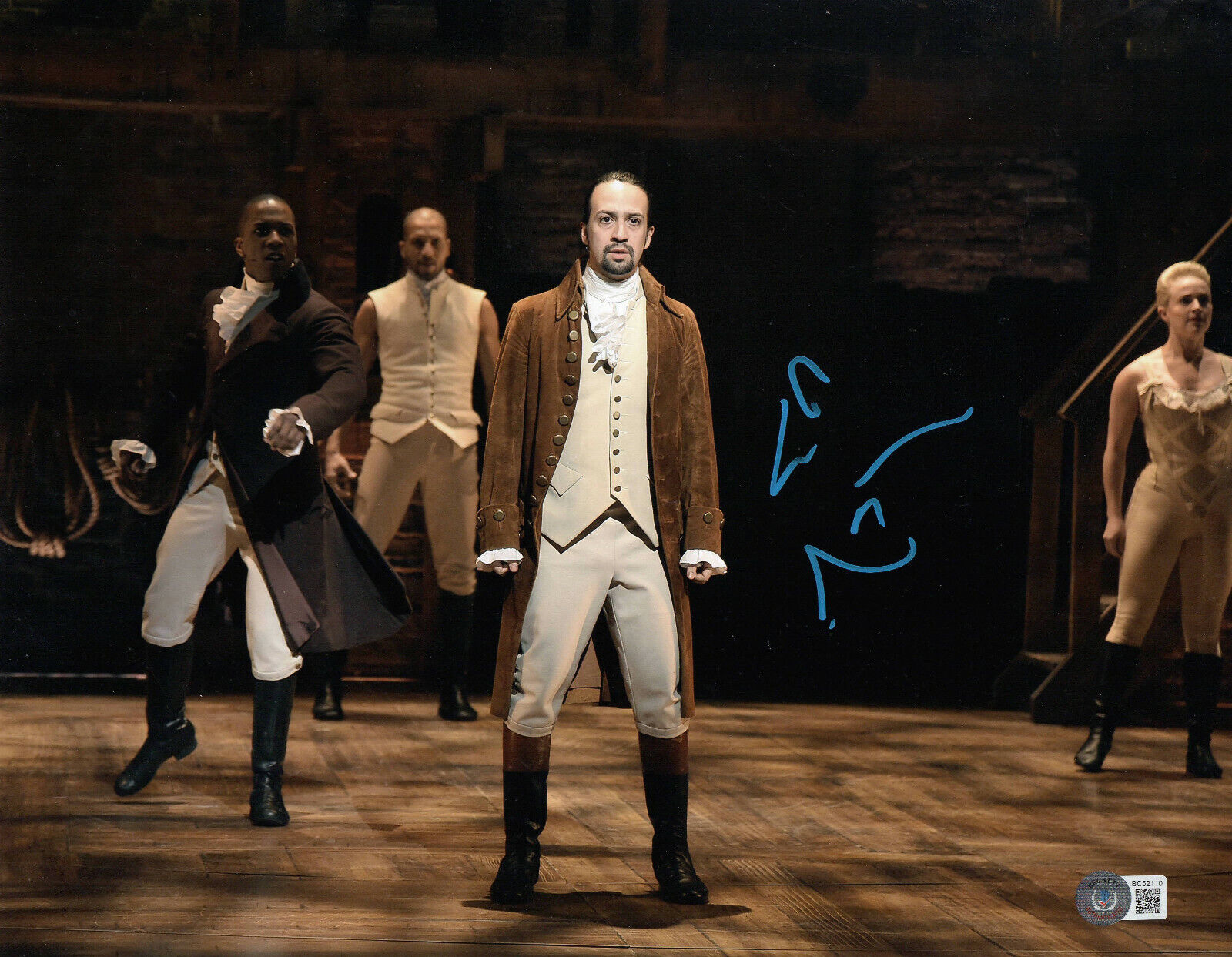-40%
*GREAT ACTRESS MINNIE MADDERN FISKE 1895 ALBUMEN PHOTO & AUTOGRAPH*
$ 31.67
- Description
- Size Guide
Description
A rare original albumen photograph and autograph circa 1895 of the great American actress Minnie Maddern Fiske. Dimensions eight and a quarter by four and a half inches with photo five and a half by four inches. Light wear otherwise good. See Minnie Maddern Fiske's extraordinary biography below.Shipping discounts for multiple purchases. Inquiries always welcome. Please visit my other eBay items for more early theatre, opera, film and historical autographs, photographs and programs and great actor and actress cabinet photos and CDV's.
From Wikipedia:
Minnie Maddern Fiske
(born
Marie Augusta Davey
; December 19, 1865
[a]
– February 15, 1932), but often billed simply as
Mrs. Fiske
, was one of the leading American actresses of the late 19th and early 20th century. She also spearheaded the fight against the
Theatrical Syndicate
for the sake of artistic freedom. She was widely considered the most important actress on the American stage in the first quarter of the 20th century.
[1]
Her performances in several
Henrik Ibsen
plays widely introduced American audiences to the Norwegian playwright.
Born in
New Orleans, Louisiana
, Minnie Maddern was the daughter of stage manager Thomas Davey and actress Lizzie Maddern. Coming from a theatrical family, she performed her first professional show at the age of three as the Duke of York in
Richard III
. She debuted in New York as a four-year-old in the play
A Sheep in Wolf's Clothing.
She toured extensively as a child, and was educated in many convent schools. She was a child prodigy, touring and performing in numerous productions.
[2]
According to the
New York Times
article "
Ibsen
or
Shakespeare
?" (March 18, 1928),
Harrison Grey Fiske
was 12 years old when he first set eyes on the future Mrs. Fiske—she was but eight, performing in a Shakespearean role. Her pay was in lollipops.
By the time she was 16, she was a leading lady, and was cast in the leading role of Chip in the play
Fogg's Ferry
. She was recognized for her unique beauty and singing voice. Maddern starred in the Hanover Opera House's grand opening on September 12, 1887 in “Caprice.” She married LeGrand White, a theater musician in
Fogg's Ferry
, but they divorced shortly thereafter. Two years later, she married Harrison Grey Fiske in March 1890, and took three years off from the stage.
[3]
[4]
Leaving a life of domesticity, she returned to the theatre in 1893 as a playwright and director, having written one-act plays such as
A Light for St. Agnes
,
The Rose
, and
The Eyes of the Heart
. She wrote several plays and collaborated with her husband in writing
Fontenelle
. Mr. Fiske directed virtually all of his wife's plays after their marriage.
[2]
Photograph by
Fred Holland Day
After her husband's unsuccessful production of
Hester Crewe
, Minnie Maddern debuted as Nora in
A Doll's House
by Henrik Ibsen, at the Empire Theatre in New York, launching Ibsen's career because of her outstanding performance.
[5]
She is perhaps most famous for starring as
Becky Sharp
[6]
in the original 1899 production of
Langdon Mitchell's
Becky Sharp
, a play based on
William Makepeace Thackeray
's
Vanity Fair
. Among her many triumphs on the Broadway stage were:
Tess of the d'Urbervilles
(1897, revival 1902),
Love Finds the Way
(1898),
Becky Sharp
(1899, revivals 1904, 1911),
A Doll's House
(1902),
Hedda Gabler
(1903, revival 1904),
Leah Kleschna
(1904–05),
Salvation Nell
(1908–09),
The High Road
(1912–13),
Madame Sand
(1917–18), a play about
George Sand
;
Mis' Nelly of N'Orleans
(1919),
Helena's Boys
(1924),
Ghosts
(1927),
Ladies of the Jury
(1929–30), as well as her self-written plays
The Rose
(1905),
The Eyes of the Heart
(1905),
A Light from St. Agnes
(1906). Mrs. Fiske starred in everything from farce to tragedy and even appeared in a comedy with puppets
Wake Up, Jonathan!
(1921). Her final appearance on Broadway was in 1930 in an acclaimed production of
The Rivals
cast as
Mrs. Malaprop
.
[2]
Minnie Maddern Fiske
In the mid-1910s, Mrs. Fiske starred in two feature film adaptions of two of her greatest stage triumphs:
Tess of the d'Urbervilles
in 1913 and
Vanity Fair
in 1915, both of which were surprisingly successful with moviegoers, although she felt she was not at her best in the medium and declined further film work.
She was a pioneer for realism in acting, supporting Ibsen's works for their honest portrayals of humanity.
[7]
Her love for performing Ibsen over Shakespeare, and her position that Ibsen is the better study for actors, can not be overstated. She told
[he New York Times
in January 1908:
Ibsen is of interest to the actor because properly to understand a role you must study the character from its earliest childhood. Most Ibsen men and women have lived their lives before the curtain rises. Shakespeare has often been pronounced tedious by actors because his characters require a great deal of study. But even Shakespeare seems easy when compared with the thought that must be bestowed upon Ibsen. The beautiful verse, the wonderful character drawing of Shakespeare furnish solutions of perplexing problems, but Ibsen is so elusive. He fascinates by his aloofness. He is the Wagner of the drama. Wagner struggled for understanding just as Ibsen has struggled.
Minnie Maddern Fiske as drawn by her cousin
Ernest Haskel
circa 1900
In 1916, in
Harpers Weekly
, Fiske published the first article to consider
Charlie Chaplin
as a serious artist. "It will surprise numbers of well-meaning Americans," Fiske wrote, "to learn that a constantly increasing body of cultured, artistic people are beginning to regard the young British buffoon, Charles Chaplin, as an extraordinary artist as well as a comic genius. Many thoughtful persons are beginning to analyze the Chaplin performances to discover his secret. It is the old, familiar secret of inexhaustible imagination, governed by the unfailing precision of a perfect technique."
[8]
[9]
Although she was highly praised as an actor, she died poverty-stricken, having fought against a group of producers that organized the
Theatrical Trust or Syndicate
.
[3]
This organization took control of first-class playhouses in the U.S., dictated the plays chosen, and the actors that were cast. She fought for artistic freedom for 12 years, which caused her to perform in third-class theatres, such as churches and skating rinks.
Animal welfare
In addition to her battle against the Syndicate, she was also one of the most prominent
animal welfare
advocates of her era. She took interest in the activities of the
American Society for the Prevention of Cruelty to Animals
and other humane leagues. She was known to have picked up stray dogs and cared for them.
[10]
She fought against the wearing of the plumes of
snowy
and
great egrets
on hats, raised awareness of the cruelties of fur trapping, and changed the treatment of cattle on ranges. Because she was well-known and loved, people followed her example and she was able to broadly influence animal reform.
[5]
She was twice named one of the twelve greatest living American women because of her fight for animal rights and for her outstanding talent. She was first named in 1923 by the League of Women Voters, and then again in 1931 by
Good Housekeeping
magazine.
[3]
Mark Twain
wrote the story "A Horse's Tale" at her request to combat bullfighting in Spain.
[11]
Fiske was associated with Emarel Freshel's
Millennium Guild
.
[12]
She was a strict
vegetarian
and opposed
vivisection
.
[13]
Death
She died from congestive heart failure at the age of 66 in Queens, New York. She and Harrison had no children. Around 1915, the couple adopted an infant boy who would have been a teen at Mrs. Fiske's death in 1932.
[14]
The actress
Emily Stevens
(1882–1928) was her cousin as was Elizabeth Maddern, the first wife of author
Jack London
; she was also related to stage actress Merle Maddern (1887–1984).
[15]
[16]
[17]
Robert Stevens, for 23 years the director of the
Rochester Community Players
, and brother to Emily Stevens, was also a cousin.
[18]
Legacy and honors
During World War II, the
Liberty ship
SS
Minnie M. Fiske
was built in
Panama City, Florida
, and named in her honor.
[19]
In 1961, her papers (23,000 items, weighing in at 1,400 pounds) were donated to the United States
Library of Congress
.
[20]
Selected theater appearances
Hunted Down
by
Dion Boucicault
, New York (1871)
Fogg's Ferry
by Charles Callahan, Wisconsin (1882)
Juanita
by Charles Callahan, Illinois (1883)
Caprice
by Howard P. Taylor, Missouri (1884)
In Spite of it All
by
Victorien Sardou
, New York (1885)
Hester Crewe
by
Harrison Grey Fiske
, New York (1893)
A Doll's House
by
Henrik Ibsen
, New York (1894)
This Picture and That!
by
Brander Matthews
, Texas (1896)
Cesarine
by
Alexandre Dumas, fils
, Pennsylvania (1896)
Marie Deloche
(orig.
The Queen of Liars
, 1895) by Harrison Grey Fiske, New York (1896)
A Doll's House
, New York (1896)
A Light From St. Agnes
by Minnie Maddern Fiske, New York (1896)
Cesarine
, Illinois (1896)
Divorcons
by Victorien Sardou, Illinois (1896)
The Right to Happiness
by Marguerite Merington, Louisiana (1896)
Tess of D'Urbervilles
by Lorimer Stoddard, New York (1897)
Little Italy
one act by Horace B. Fry with
Divorcons
, Illinois (1898)
Magda
by
Hermann Sudermann
, New York (1898)
A Bit of Old Chelsea
by
Mrs. Oscar Beringer
, New York (1898)
Love Finds the Way
by Marguerite Merrington, New York (1898)
Becky Sharp
by
Langdon Mitchell
, New York (1899)
Frou Frou
by
Henri Meilhac
and
Ludovic Halevy
, New York (1899)
Miranda of the Balcony
by
Anne Crawford Flexner
, New York (1901)
The Unwelcome Mrs. Hatch
by
Mrs. Burton Harrison
, New York (1901)
A Bit of Old Chelesa
, New York (1902)
Tess of D' Urbervilles
, New York (1902)
A Doll's House
by Henrik Ibsen, New York (1902)
Little Italy
and
Divorcons
, New York (1902)
Mary of Magdala
by
Paul Heyse
, New York (1902)
Hedda Gabler
by Henrik Ibsen, New York (1903)
Becky Sharp
, New York (1904)
Hedda Gabler
, New York (1904)
Leah Kleschna
by C.M.S. McLellan, New York (1904)
Three One Act Plays by Minnie Maddern Fiske:
The Rose
,
A Light From St. Agnes
,
The Eyes of the Heart
(1905)
The New York Idea
by
Langdon Mitchell
, New York (1906)
Tess of the D'Urbervilles
, Louisiana (1907)












